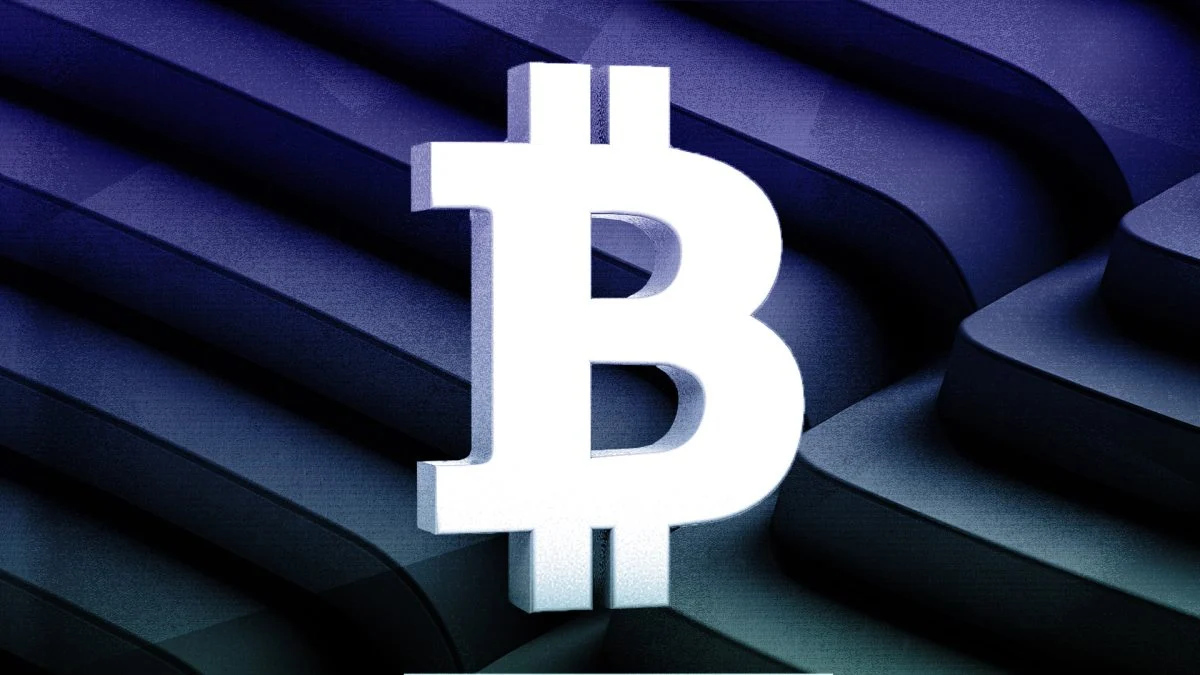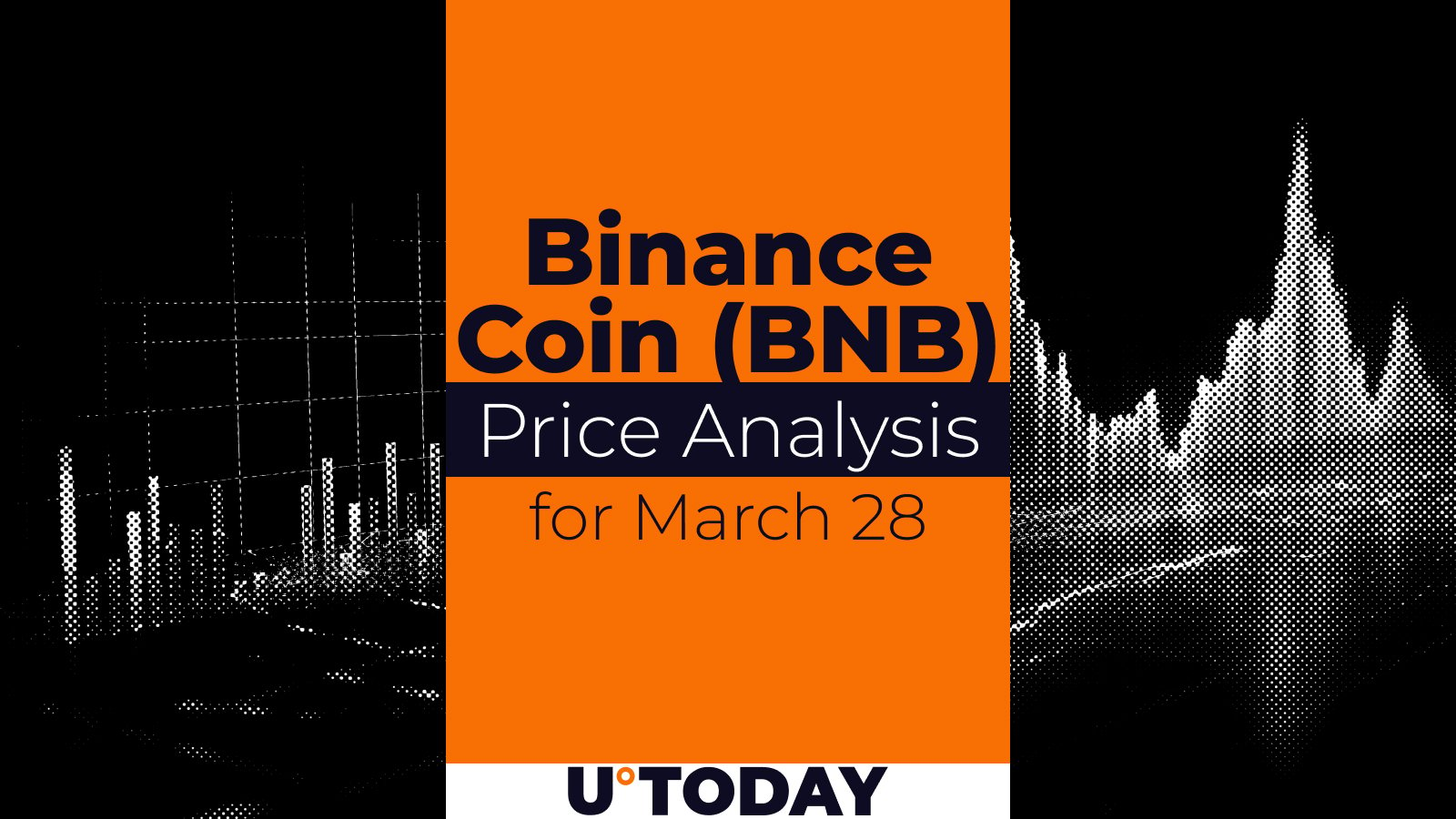February’s Personal Consumption Expenditures (PCE) Data: An In-depth Analysis
The latest economic data released by the Bureau of Economic Analysis (BEA) reveals that the U.S. Personal Consumption Expenditures (PCE) for February showed an overall stable inflation rate, but a notable increase in core inflation.
Overall Inflation Remains Stable
The PCE price index, which measures the change in prices consumers pay for goods and services, increased by 0.2% on a monthly basis. This figure was in line with market expectations and followed a 0.1% rise in January. Over the past 12 months, the PCE price index has grown by 1.7%, which remains below the Federal Reserve’s 2% inflation target.
Core Inflation Inches Higher
The more closely watched core PCE index, which excludes food and energy prices, rose by 0.3% on a monthly basis. This was the fastest pace since June 2018 and followed a 0.1% increase in January. Over the past 12 months, the core PCE index has risen by 1.8%, marking the longest streak of annual increases above 1% since 2012.
Impact on Consumers
For individual consumers, the latest PCE data suggests that prices for goods and services, excluding food and energy, are continuing to rise at a moderate pace. This could lead to a slight increase in the cost of living for households, particularly those with fixed incomes. However, it’s important to note that overall inflation remains below the Federal Reserve’s target, which should help keep interest rates low and support economic growth.
Impact on the World
On a global scale, the latest PCE data is unlikely to have a significant impact on financial markets or economic conditions outside the United States. However, the trend of rising core inflation could contribute to a gradual tightening of monetary policy in the U.S., which could impact global markets and currencies.
Conclusion
In conclusion, the latest PCE data for February indicates that overall inflation remains stable, but core inflation has inched higher. While this trend could lead to a slight increase in the cost of living for U.S. households, it is unlikely to have a significant impact on global markets or economic conditions. However, the trend of rising core inflation could contribute to a gradual tightening of monetary policy in the U.S., which could have wider implications for the global economy.
- Overall inflation remains below the Federal Reserve’s target
- Core inflation has risen for the sixth consecutive year
- Moderate increase in cost of living for U.S. households
- Gradual tightening of monetary policy in the U.S.
- Limited impact on global markets and economic conditions





